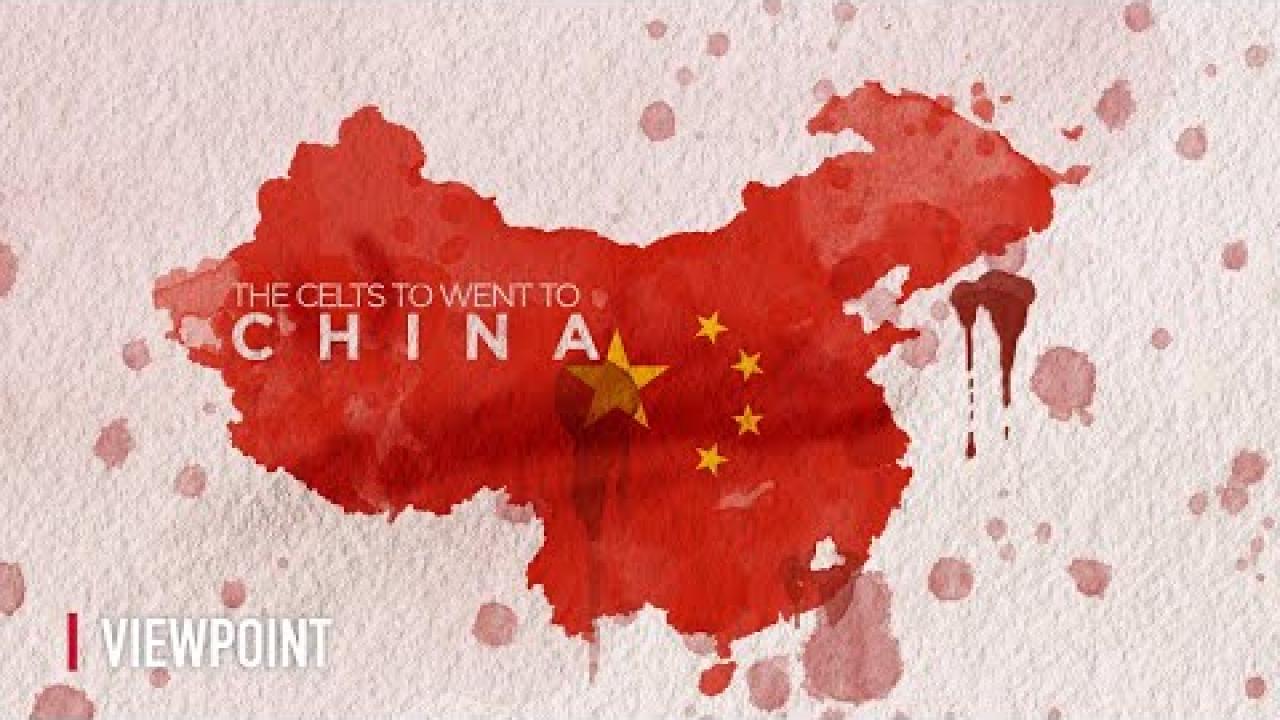
The Celts Who Went to China
In 1934, Swedish archaeologist Folke Bergman excavated a burial site near Ürümchi in Northwestern China. The inhabitants of the tombs were not what you would expect for the region. They were Caucasian in appearance, with red hair and tartan clothing. Bergman reportedly noted how similar the remains were to Bronze Age Danish burial sites with their embroidered clothing and the bodies entombed in what appeared to be upside-down boat coffins. If these were the mummified remains of Indo-Europeans, what were they doing buried in ancient China? This is the story of the Celts who migrated to the far east.
In 1934, Swedish archeologist Folke Bergmann excavated a burial site near Urumqi in northwestern China. The inhabitants of the tombs were not what you would expect for the region. They were Caucasian in appearance, with red hair and tartan clothing. Bergmann reportedly noted how similar the remains were to Bronze Age Danish burial sites, with their embroidery, clothing and bodies entombed in what appeared to be upside down boat coffins.
If these were the mummified remains of Indo Europeans, what were they doing buried in ancient China? This is the story of the Celts who migrated to the Far East.
Urumqi is located in Xinjiang province, which is situated along the ancient Silk Road. The wider area is known as the Tarim Basin, and many subsequent burial sites have been found in the region. It wasn't until the early 21st century then a more detailed analysis was undertaken on the remains in order to determine the origin of these people. In 2010, a team of primarily Uyghur and other Chinese scientists tested the mummified remains from one burial site known as the Xiaohe Cemetery, and determined that the Y chromosome, or DNA analysis, revealed only the West Eurasian haplogroup R1A1A in male individuals.
This specific genetic markers found widely throughout Eastern Europe, South Asia, and Siberia. But doctor Huizhou Jilin University in China, one of the scientists on the team, elaborated on the discovery by stating that the Xiaohe R1A1A more likely originated from Europe and supported the steppe hypothesis. The steppe hypothesis is the most widely accepted migration theory for Indo Europeans.
The move from the Russian steps into surrounding regions. The team of scientists uncovered five separate burial layers in their excavations. The deeper the burial layer, the more distinctly European both the maternal and paternal lineages became. This suggests that later generations of the Xiaohe people became entwined with other cultures in the region. Carbon dating shows that the earliest inhabitants moved into northwestern China as late as 1500 BC, and a later 2015 study claimed the European components could have reached north Xinjiang later via the Kazakh Steppe, northwest of the Tarin Basin.
One of the mummified remains found in the region is that of a man believed to have been in his 50s, named Charchan man. He was buried in a red twill tunic and tartan leggings, often worn by riders of the steppes, according to textile expert Elizabeth Barber, the pattern closely resembles that of clothing fragments found in the salt mine in the Hallstatt region of Austria, the earliest known settlement for the European Celts.
In our previous viewpoint, titled "Where the Ten Lost Tribes of Israel", we examined the migratory routes of the ancient Israelites as they were exiled from their homeland and driven into the land of the steppes. The Black Sea region of Scythia and Thrace were later inhabited by these horse riding warriors from the steppes, who ultimately ended up in Western Europe.
However, from the evidence we've just examined, it appears that if the Celts were of Israelite origin, some of the ancient Israelites also migrated east into Asia both centuries before and after the collapse of Judea and Samaria. It may be that those who made their way to China were later to be known as the Tocharians, a people who founded agricultural towns in the region.
Historian James A. Millward suggested that over centuries of contact and intermarriage, the cultures and populations of the pastorailst rulers and their agricultural subjects blended together. This is where their story appears to end, but by following other traceable migratory routes of these ancient people as they moved into the steppes and then eventually spread across the globe, we can discover not only who these people are today, but we are also able to apply the prophecies found in the Bible to specific people and nations.
If you want to know more about what is in store for the descendants of ancient Israel, you can read online or request a free print copy of the United States in Great Britain in Prophecy